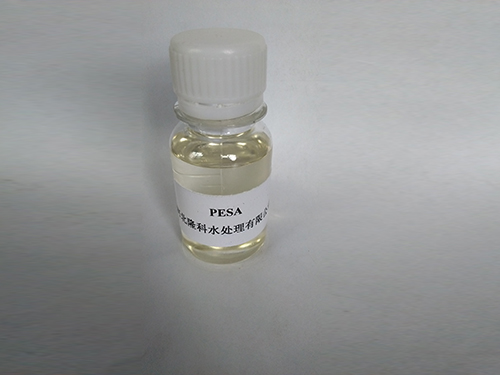Exploring the Chemical Properties and Applications of Organic Phosphonates in Modern Science and Industry
The Growing Importance of Organic Phosphonates
Organic phosphonates have garnered significant attention in various scientific fields due to their unique chemical properties and diverse applications. These compounds, characterized by the presence of a phosphorus (P) atom bonded to a carbon atom, have emerged as vital players in agriculture, medicine, and environmental science.
Chemical Structure and Properties
Organic phosphonates can be identified by their general structure, which includes a phosphorus atom typically surrounded by three oxygen atoms and a carbon-containing group. This configuration imparts various chemical characteristics, including stability and reactivity, that make phosphonates suitable for a wide range of applications. They exhibit remarkable resistance to hydrolysis, which enhances their longevity in the environment and makes them valuable in agricultural settings as herbicides and pesticides.
Agricultural Applications
In agriculture, organic phosphonates have gained popularity as effective plant nutrients. They serve as a source of phosphorus, essential for plant growth and development. Unlike traditional phosphorus fertilizers, phosphonates do not readily convert to phosphate in the soil, allowing for more controlled nutrient release. This controlled release helps reduce the risk of nutrient runoff into waterways, addressing environmental concerns related to agricultural practices.
Moreover, phosphonates have antifungal properties and are particularly useful in managing plant diseases. For instance, they are used to combat phytopathogenic fungi, contributing to a sustainable approach to pest control. This aspect of phosphonates is gaining traction as the demand for eco-friendly agricultural practices increases.
Phosphonates in Medicine
organic phosphonate

The medicinal application of organic phosphonates is another area where these compounds have shown promise. They are being studied for their potential in treating various diseases, including viral infections and cancer. Some phosphonates have antiviral properties and act as nucleotide analogs, disrupting viral replication. For example, the drug tenofovir disoproxil fumarate, an organic phosphonate, is used in the treatment of HIV and hepatitis B, demonstrating the medical significance of this class of compounds.
In cancer research, phosphonates are explored for their ability to inhibit specific enzymes or pathways crucial for cancer cell survival. Their structural versatility allows for the design of novel therapeutic agents that could lead to breakthrough treatments for resistant cancer types.
Environmental Impact and Concerns
Despite their benefits, the environmental impact of organic phosphonates deserves attention. Their persistence in the environment can lead to bioaccumulation, which may pose risks to ecosystems. Studies indicate that certain phosphonates can adversely affect aquatic life and disrupt natural microbial communities. Therefore, understanding their environmental fate and developing strategies to mitigate potential risks are essential.
Future Directions
Research on organic phosphonates continues to evolve, with ongoing studies aimed at optimizing their use in agriculture and medicine while minimizing environmental risks. Innovations in synthetic methods and the development of new formulations can enhance their efficacy and reduce any adverse effects. Furthermore, the integration of phosphonates into sustainable agricultural practices can contribute to food security while protecting natural resources.
In conclusion, organic phosphonates represent a vital area of research with immense potential across various disciplines. Their applications in agriculture and medicine highlight their versatility and the importance of continued exploration. As scientists work to balance the efficacy and environmental impact of these compounds, organic phosphonates are poised to play an increasingly critical role in shaping sustainable practices and innovative therapies in the future.
-
Understanding Polycarboxylic Acids: Properties, Applications, and Future PotentialNewsJul.28,2025
-
Scale Inhibitor Explained: How to Protect Your System from Limescale and Hard Water DamageNewsJul.28,2025
-
Scale and Corrosion Inhibitors: Essential Chemicals for Industrial Water System ProtectionNewsJul.28,2025
-
Polyaspartic Acid: A Biodegradable Polymer for Sustainable ChemistryNewsJul.28,2025
-
Isothiazolinones: A Versatile Antimicrobial Class with Industrial Power and Regulatory ChallengesNewsJul.28,2025
-
A Deep Dive into 2-Phosphonobutane-1,2,4-Tricarboxylic Acid (PBTC)NewsJul.28,2025





